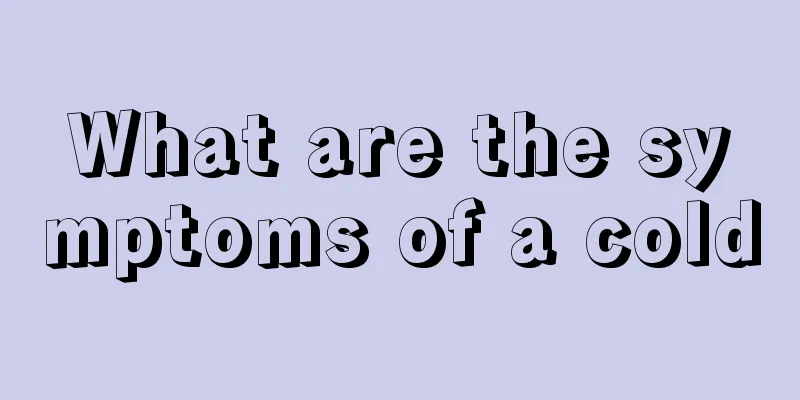Which viruses does the nine-valent cervical cancer vaccine prevent?

|
The nine-valent cervical cancer vaccine is mainly used to prevent nine high-risk or low-risk subtypes of human papillomavirus (HPV), including HPV-6, 11, 16, 18, 31, 33, 45, 52, and 58, with a focus on preventing and controlling cervical cancer and related diseases caused by these viruses. Vaccination can effectively reduce the risk of cervical cancer caused by HPV infection, and it also has a certain effect on preventing certain genital warts. 1) The relationship between human papillomavirus and cervical cancer HPV is a virus transmitted through sexual contact. Certain high-risk subtypes are closely related to the occurrence of cervical cancer, especially HPV-16 and 18, which are the main causes of cervical cancer, accounting for about 70%. Other subtypes such as 31, 33, 45, 52, 58, etc. may also cause precancerous lesions or cervical cancer. Low-risk subtypes such as HPV-6 and 11 are mainly associated with benign diseases such as genital warts. Vaccination with the nine-valent vaccine can cover these nine virus subtypes and reduce the risk of related diseases. 2) The main prevention scope of the nine-valent vaccine The nine-valent vaccine contains the most common high-risk HPV and two low-risk HPV types that cause genital warts, and can prevent cervical cancer, vulvar cancer, vaginal cancer, anal cancer, and precancerous lesions. Especially for women, vaccination with the nine-valent vaccine is an effective way to proactively prevent cervical cancer and other HPV-related diseases. 3) Precautions for vaccination and target groups The nine-valent cervical cancer vaccine is suitable for people aged 16 to 26 who are not infected with the HPV virus. It has the best effect. At the same time, you can also choose the other two HPV vaccines (such as bivalent or quadrivalent), depending on the needs of different ages. Before vaccination, it is recommended to confirm whether you meet the vaccination conditions, such as whether you have a history of HPV infection or immunodeficiency. Vaccination requires a three-dose program, which is administered at 0, 2, and 6 months. The nine-valent cervical cancer vaccine is a fraternal shield for preventing and controlling HPV-related diseases, especially for the prevention of cervical cancer. It is recommended that women of appropriate age be vaccinated in a timely manner, combined with regular cervical screening (such as HPV testing and TCT examination), starting from their own health, do a good job of scientific prevention and minimize the risk of disease. |
<<: What is the cure rate of breast cancer at the age of 38
>>: Are there any sequelae after brain cancer is cured?
Recommend
What are the types of laryngeal cancer
For patients with laryngeal cancer, they need to ...
The relationship between normal gallbladder size and health
Many people want to know about the normal size of...
Why do I always have an itchy throat and dry cough?
Friends who always have itchy throats and dry cou...
What is the fastest way to remove formaldehyde?
I believe that many people are very troubled by t...
What are the easiest ways to make soap?
The method of making soap is actually very simple...
How to treat laryngeal cancer that spreads to the lymph nodes
Cancer is easy to spread in the late stage, and t...
Diet care for ovarian cancer
Ovarian cancer has the characteristics of insidio...
How to prevent testicular cancer
Testicular cancer is not unfamiliar to everyone. ...
What should I do if I vomit while taking folic acid during pregnancy
Women will have many reactions in the early stage...
What is the best way to treat liver cancer? Liver cancer treatment should follow effective principles
Liver cancer is a disease that troubles many peop...
Let's talk about the dangers of testicular cancer
Testicular cancer is a male disease that seriousl...
What are the main symptoms of lung cancer? These are the common symptoms of lung cancer
During the treatment of lung cancer, some people ...
How to test radiation protection clothing
When women are pregnant, they should not only hav...
Is it suitable to get pregnant if there is a cancer patient in the family
Is it suitable to get pregnant if there is a canc...
Is 37.5 degrees considered a fever?
Under normal circumstances, the human body temper...









